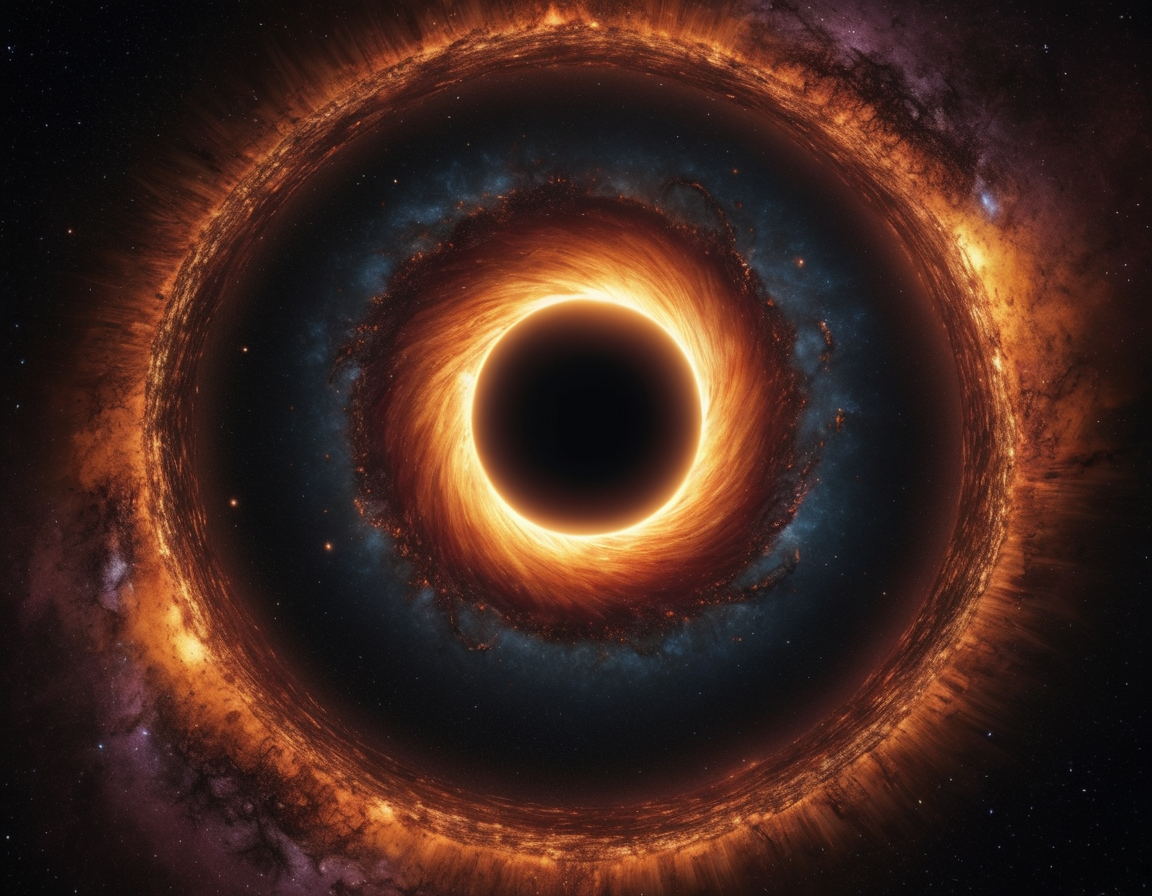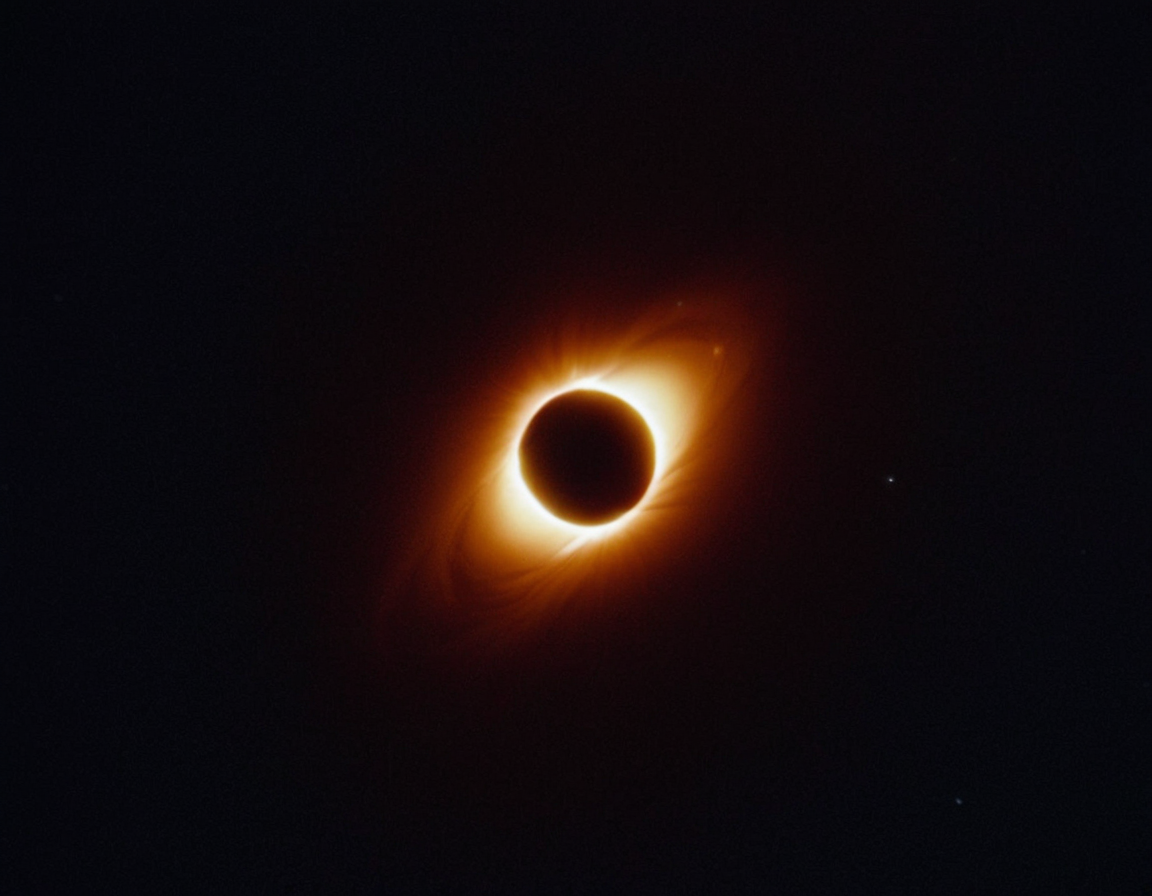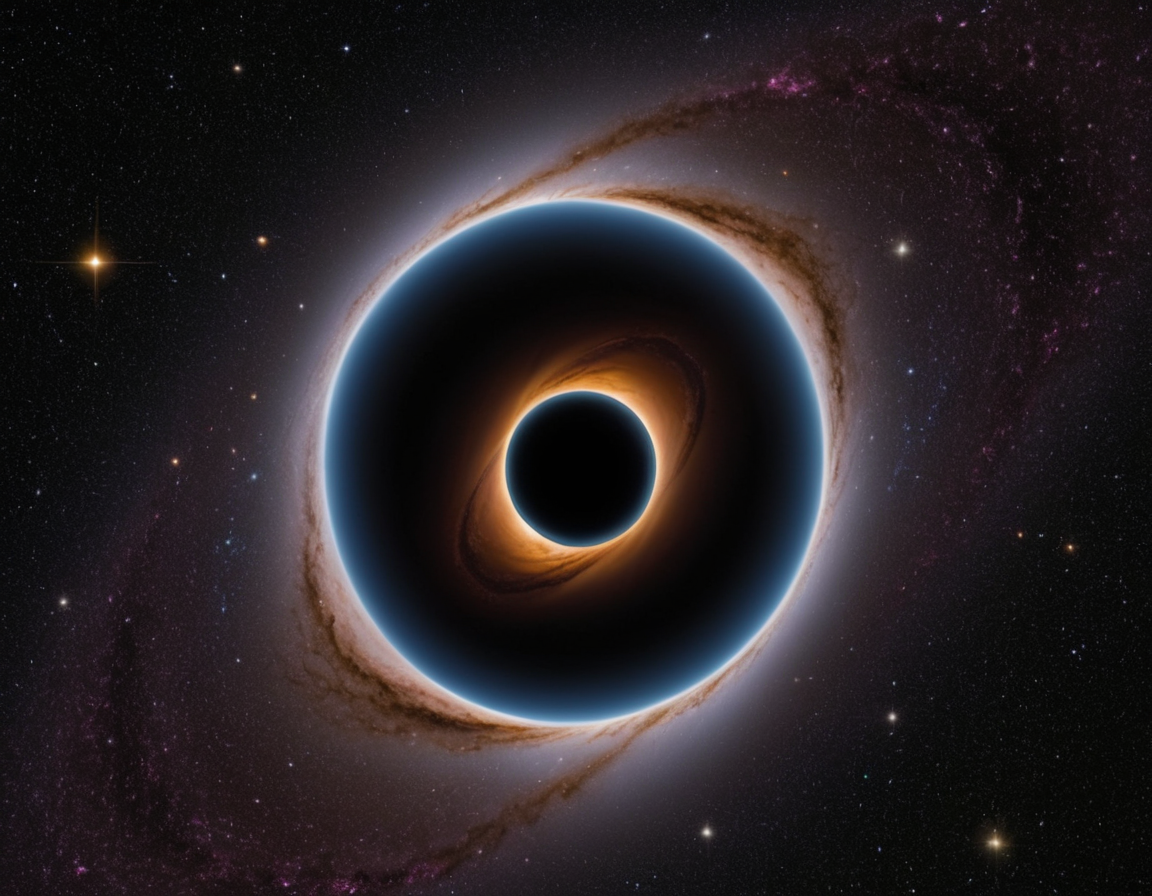Unlocking the Mysteries of Black Holes: A Layman’s Guide
Understanding the Enigma of Black Holes
Black holes have long captivated the imagination of scientists and the general public alike. These incredibly dense areas in space where gravity’s pull is so great that even light cannot escape from them are not just a staple of science fiction, but a reality in our universe, spurring countless questions about their nature and existence.
What Are Black Holes?
A black hole is a point in space where the gravitational pull is so intense that no matter or radiation can escape. The ‘surface’ of a black hole, known as the event horizon, represents the point of no return. Anything that crosses this boundary is inexorably drawn into the black hole, with no chance of escape.

How Do Black Holes Form?
Typically, black holes form from the remnants of a large star that dies in a supernova explosion. If the core’s mass is more than about 20 times that of our Sun, it may not be able to withstand the gravitational forces, collapsing to a point of almost infinite density — a singularity — creating a black hole.
Types of Black Holes
Scientists categorize black holes into three types based on their mass: stellar, supermassive, and intermediate black holes. Stellar black holes are formed from the gravitational collapse of a single star and have masses up to 20 times that of the sun. Supermassive black holes are millions or even billions of times as massive as the sun and are believed to exist at the center of most galaxies, including our own Milky Way. Intermediate black holes are less understood, with masses between stellar and supermassive black holes.
Exploring the Mysteries of Black Holes
Despite their dark nature, black holes can be detected through their interaction with other matter. When dust and gas from nearby stars are pulled toward a black hole, this material forms an accumulation disk that can get heated to very high temperatures, emitting large amounts of X-rays and gamma rays. Additionally, when black holes collide or merge, they send out gravitational waves that ripple through the fabric of spacetime, detectable by observatories like LIGO.

One of the most groundbreaking achievements in modern astronomy was the first-ever image of a black hole’s event horizon, taken by the Event Horizon Telescope (EHT). This network of eight linked telescopes around the world captured an image of the supermassive black hole in the center of the galaxy M87.
What Lies Beyond the Event Horizon?
Theories abound about what lies within a black hole, but the truth is that currently, no one knows for sure. Some physicists speculate about the existence of a singularity at the center of a black hole, where space, time, and the laws of physics as we know them break down. Others suggest the possibility of ‘wormholes,’ hypothetical passages through spacetime that could create shortcuts for long journeys across the universe.
The Importance of Studying Black Holes
Studying black holes is not just an academic exercise; it has practical applications. For example, understanding the extreme physics of black holes can potentially lead to new insights into particle physics and quantum mechanics. Furthermore, the study of black holes could advance our knowledge of the universe’s birth, its likely fate, and whether other universes might exist.
In conclusion, while black holes may pose more questions than they answer, they continue to be a source of fascination and a key to unlocking the universe’s secrets. Their study reminds us there are still innumerable mysteries waiting to be solved, perhaps leading to revolutionary breakthroughs in our comprehension of the cosmos.
Stay curious, look up at the stars, and who knows? Maybe one day, you’ll contribute to the next significant discovery in the understanding of black holes and the wider universe.







